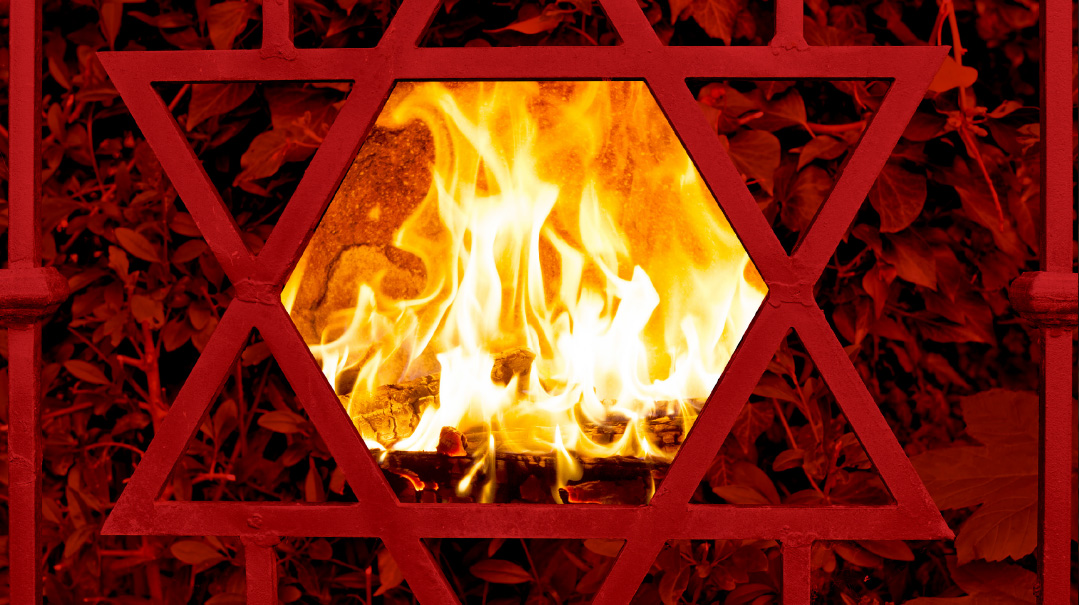The Final Kindness
| September 19, 2023How can we spare our fellow Jews from the calamity of cremation?

Thousands of elderly Jews will pick cremation over burial if they aren’t guided otherwise, yet any frum person they interact with, whether a chaplain, nursing home staffer, or even a neighbor or chesed visitor, can open the door to a relationship that will lead another Jewish neshamah to rest in peace. While starting a conversation about such a seemingly morbid subject feels impossible, those who’ve succeeded will tell you how
Rabbi Shalom Lubin, director of Chabad of Southeast Morris County in New Jersey, rabbi of Congregation Shaya Ahavat Torah in Parsippany, a nursing home chaplain, and a chevra kaddisha member for 22 years, has been there for hundreds of elderly Jews at the loneliest stage of their lives.
He tells us about a sobering conversation he had recently. Over breakfast one morning, a work colleague mentioned that he had not purchased a cemetery plot.
“Is this something we can discuss?” Rabbi Lubin asked.
“No,” the elderly man replied. “There’s nothing to talk about. Me and my wife, we decided we want to be burned.”
“Cremation used to be anathema,” Rabbi Lubin says. “It’s the big fight in today’s world, unfortunately. Covid exacerbated it tremendously. More and more Jews are choosing cremation as an option.”
The numbers are staggering. Rabbi Elchonon Zohn, director of the Chevra Kaddisha of the Vaad Harabonim of Queens and the founder and president of the National Association of Chevra Kaddisha, estimates that 30,000 Jews are cremated every year. And every single one is a tragedy.
To a frum Jew who believes the body holds a soul, that it deserves respect even once the soul has departed for the Next World and that one day there will be techiyas hameisim, when the body and soul will be reunited, the concept is repugnant.
But for secular people, including irreligious Jews, cremation often becomes the default option.
“A lot of people don’t have that many children, or the children don’t live close by, and they say, ‘Well, who’s going to visit me?’ ” says Rabbi Lubin, who founded Garden State Chevra Kaddisha in 2016.
“They went to Hebrew school, they had a bar or bat mitzvah, but they’re not aware that Jews believe in Olam Haba... if it’s over when it’s over, what difference does it make? Who cares?”
“I just had a case,” he says, “where a woman insisted on being cremated. She had three children, and two are frum. Frum, chareidim, shomer Shabbos, everything. She insisted on being cremated, and made sure that her legal guardian was the one child who was not frum.”
“The normalization of this brutal practice comes from lack of respect,” Rabbi Zohn says.
“When we recognize that people have value, we don’t just destroy them. Fifty years ago, people rarely ever cremated. And today it’s 60 percent in the United States, and more than that in Europe — and look at the respect we have for people. The level of respect for our elders, for our parents, for our teachers, even for politicians, for anyone — there is no respect.”
Oops! We could not locate your form.







